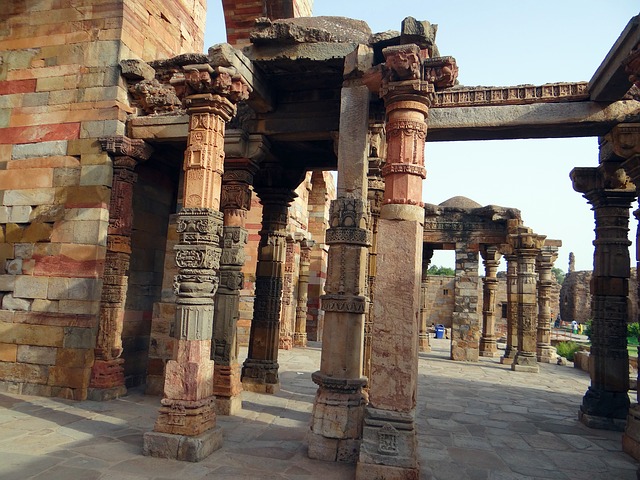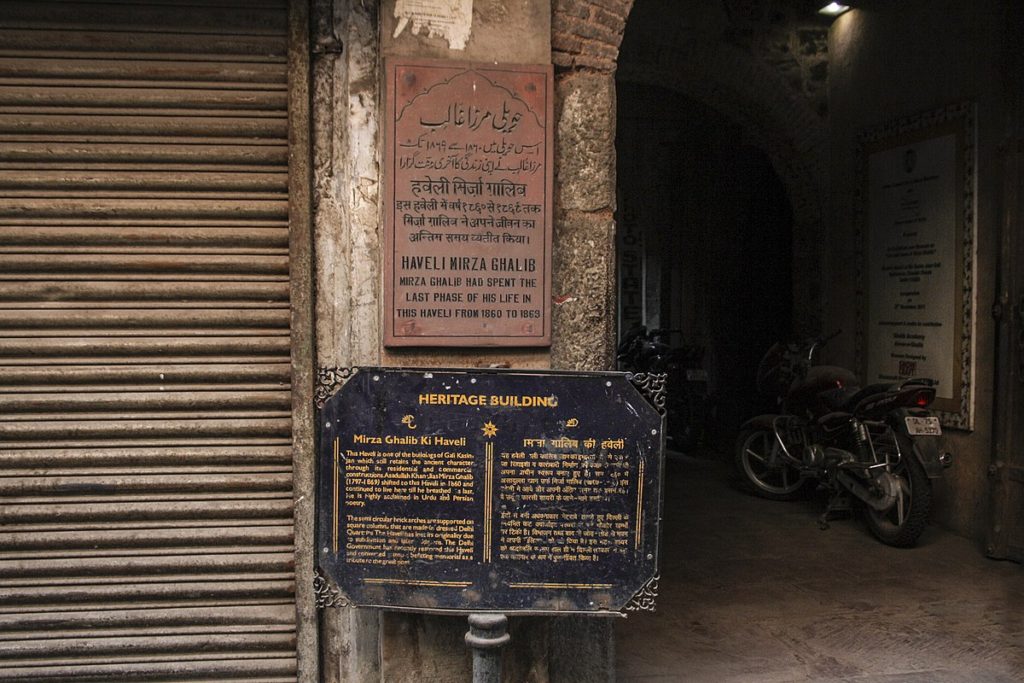
Delhi is known for many things. To name a few – its mouth-watering food, its breathtaking monuments and gardens, as well as its glorious past. Delhi has aged with its people. Everyone has a different story or anecdote to share when you ask them about their love for Delhi. The heart of the country has produced many talented individuals excelling in their diverse fields and making the nation proud. Further, we cannot forget the many revered saints and poets which we all must have quoted every now and then.
The city truly has a beating heart whose rhythm syncs with our own and beats with it. But even though we have seen, explored, and experienced this side of the city, we often tend to neglect the process of degradation and ruin it has been going through for the past many years now. Moreover, along with its physical damage, the city has also undergone the process of transformation to adapt the modern way of things, thereby, changing its most cherished, authentic ambience.
Till the 1960s, the streets of Delhi, particularly old Delhi, held remnants of its vanished culture. Its vast historical imprints have barely survived – some have naturally decayed while the rest have experienced encroachment or been claimed by the city’s homeless. There is another category of monuments or heritage sites which have disappeared, are forgotten or are on the verge of extinction due to lack of conservation. When we talk about our monument and heritage sites, we don’t have to look beyond the heart of Delhi – purani Dilli. Many of you might be aware while many of you won’t be(and that does not come across as a surprise). For example, how much do we know about the khazanchi haveli or the once visible 14 gates of Delhi? We can hardly recall them because there is not much left to see, or read about. Maybe we are not conscious enough yet – to consider them as our lost heritage.
You must have heard of Lahauri Gate, Turkman Gate, and Ajmeri Gate amongst others, as these are quite popular for various reasons around the city. But you will be astonished to know that the walled city had 14 gates (including the above-mentioned gates as well), namely, Delhi Darwaza, Rajghat Darwaza, Khizri Darwaza, Calcutta Darwaza, Nigambodh Ghat Darwaza, Kela Ghat Darwaza, Lal Darwaza, Kashmiri Darwaza, Badarroo Darwaza, Kabuli Darwaza, Pathar and Ghat Darwaza. Don’t you feel that most of the care has been given to the well-preserved-tourist spots, such as Red Fort and Qutb Minar? Isn’t it unfair to treat one part of heritage with utmost attention while neglecting the rest which we ourselves have characterized as unpopular?

The same story in unfurling when we look at the monuments of Mehrauli that haven’t made it to the official list. Another piece of Delhi’s glorious heritage has been drowned in the hustle and bustle of the city, such as the Dojana haveli. Dojana haveli was known as Nawab Dojana Haveli – it is now called Dojana House in Matia Mahal and has fallen prey to the urbanization and deterioration as it is an already flattened building. The same fate was met by Haveli Sadr Sadur which was rebuilt in parts and faced the challenge of encroachment. It is hardly recognizable now.
The monuments inside the Lodhi Garden complex are not far behind either. The list could go on and on. We have successfully located and called many historical monuments and places around the city as haunted. Can’t we imagine this the other way around? What if they had been well maintained and preserved- wouldn’t they serve as another set of monuments to visit?! If you have been to the Tughlaqabad Fort you could recall that it has been covered with residential buildings; so much so, that the walls of some housed are even attached to the boundary wall of Tughlaqabad Fort.
The issue of encroachment or raising a voice towards the preservation of these heritage sites or monuments is not new, but adding to the list might help better their condition. We can contribute by spreading awareness to let our fellow citizens know that these lost heritages of Delhi exist and require attention. Otherwise, it won’t be long before they exist only in the past (literally), and feature just in our history textbooks. When we talk about the preservation and conservation of our lost heritage, we discuss the cultures it is associated with, its architects as well as the rulers or individuals, or in some cases groups that have commissioned it. These cannot be seen or understood in isolation with its social and cultural context. Many scholars and activists are working towards it and we can also see some positive results as people are really getting to know their city closely, but still, these efforts are not enough. We all have a long way to go!

Cities can be built by constructing sky-high buildings along with some parks here and there, but what actually breathes life into the city is its past, its people, and its culture. Amidst all this noise and traffic, you could actually find peace and comfort visiting these old and now ruined places or sites, thereby escaping your busy work schedule once a while! Delhi has its own charm and anyone who visits it never leaves it. The capital city grows on people and it is our responsibility to give back and save the city that is losing out on its past beauty heritage due to our growing needs.
Ghalib has rightly said, “I asked my soul: what is Delhi? She replied: the world is the body and Delhi its life.”
Ritika is a museum enthusiast and likes to explore the diverse arts, culture and heritage of India. Living in a country which has been the storehouse of history in its every nook and crannies, it becomes really difficult for her to remain aloof from it for long. She believes that the community needs to know about this and this is what she is striving to achieve.


